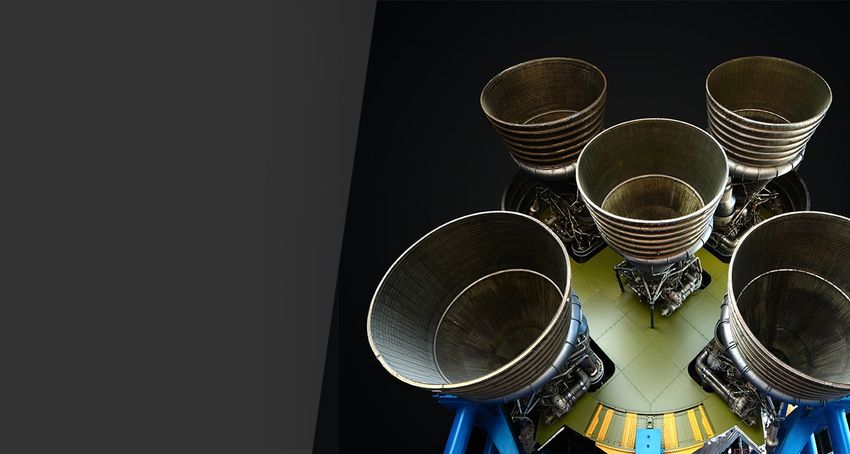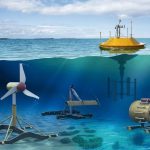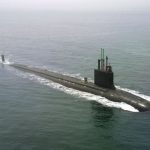Rocket engines are designed to efficiently convert stored chemical energy into thrust, propelling spacecraft through space and atmospheric layers. One of the most crucial components in this process is the nozzle. But why do rocket engines have nozzles, and how do they enhance performance? Let’s dive into the science behind rocket nozzles! 🧐✨
1. The Role of a Nozzle in a Rocket Engine 🔥
A rocket nozzle is a specially designed structure that directs and accelerates the flow of hot gases produced by the combustion of propellants. The primary functions of the nozzle are:
✔️ Converting thermal energy into kinetic energy – The high-pressure, high-temperature gases expand and accelerate as they pass through the nozzle.
✔️ Creating efficient thrust – By directing the flow of exhaust gases, the nozzle generates thrust according to Newton’s Third Law (for every action, there is an equal and opposite reaction).
✔️ Maximizing engine efficiency – Properly designed nozzles optimize the expansion of gases, increasing the speed and efficiency of propulsion.
2. How Rocket Nozzles Work ⚙️
Rocket nozzles operate based on the Venturi Effect and the principles of gas dynamics. The nozzle is usually bell-shaped (de Laval nozzle) and consists of three main sections:
🔹 Convergent Section – The narrow throat where hot gases begin to accelerate.
🔹 Throat – The smallest part of the nozzle, where gas reaches sonic velocity (Mach 1).
🔹 Divergent Section – The wider part of the nozzle where the gas expands and accelerates beyond supersonic speeds.
This expansion and acceleration of gases result in maximum thrust output. 🚀💨
3. Why Nozzles Are Crucial for Space Travel 🌌
Without a nozzle, the exhaust gases would disperse randomly, leading to inefficient thrust generation. The controlled expansion of gases in a nozzle ensures:
✅ Higher Exit Velocity – The faster the exhaust gases, the more momentum is imparted to the rocket.
✅ Efficient Fuel Usage – Maximizing thrust per unit of fuel burned increases overall efficiency.
✅ Better Maneuverability – Some rockets use gimbaled nozzles to steer the spacecraft.
4. Different Types of Rocket Nozzles 🛠️
There are multiple nozzle designs, each suited for different environments:
🌀 De Laval Nozzle – Standard bell-shaped nozzle used in most rockets.
🔄 Aerospike Nozzle – Self-adjusting to different altitudes, improving efficiency.
🔺 Plug Nozzle – Similar to aerospike but with a truncated shape.
🛑 Expansion-Deflection Nozzle – Adjusts to varying pressures for better performance.
Each type is optimized for different missions and atmospheric conditions. 🌍🛸
5. Nozzles in Vacuum vs. Atmosphere 🌎 vs. 🚀
A rocket nozzle must be designed according to where it will operate:
🌍 Atmospheric Nozzles – Shorter, optimized for high air pressure at lower altitudes.
🌌 Vacuum Nozzles – Longer, allowing for greater expansion of gases in low-pressure space environments.
This is why upper-stage rocket engines have longer and wider nozzles than first-stage engines! 📏🔥
Conclusion: Nozzles Are the Heart of Rocket Propulsion! ❤️🚀
Rocket nozzles play a critical role in ensuring efficient propulsion, directing exhaust gases, and maximizing thrust. Their design varies based on the mission and operating environment, but the underlying principle remains the same: convert high-pressure gas into high-speed exhaust for maximum thrust!
Next time you see a rocket launch, take a closer look at those nozzles – they are the key to exploring the stars! 🌠✨


